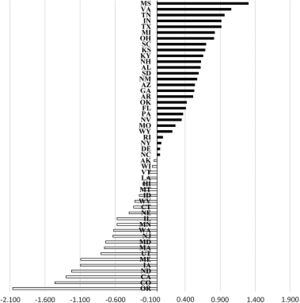Voter Participation

US election: Do postal ballots lead to voting fraud?
By Reality Check team BBC News July 30th 2020 <embed>https://www.bbc.com/news/world-us-canada-53353404</embed>
But these are rare incidents, and the rate of voting fraud overall in the US is between 0.00004% and 0.0009%, according to a 2017 study by the Brennan Center for Justice.
A voter fraud database collated by Arizona State University between 2000 and 2012, found 491 cases of postal ballot fraud out of hundreds of millions of votes.
And a Washington Post review of the 2016 election found one proven case of postal voting fraud.
Oregon has held postal elections since 2000 and has only reported 14 fraudulent votes attempted by mail.
There are provisions in place to prevent people from impersonating voters or stealing ballots - such as authorities checking that ballots have come from voters' registered address and requiring signatures on envelopes.
